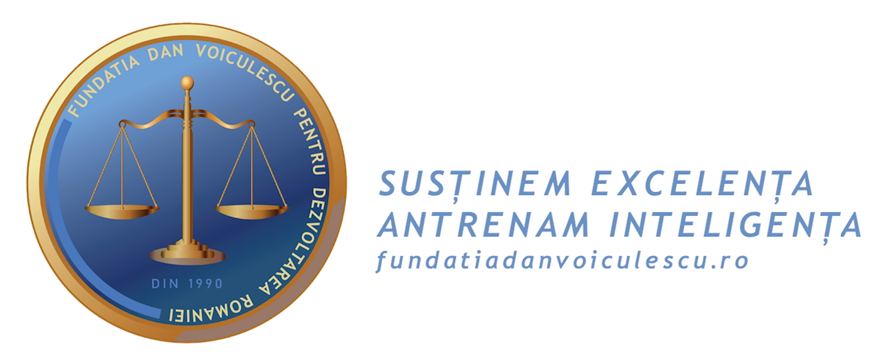A pioneering study conducted by researchers at the University of Connecticut has yielded novel insights into the understanding of longevity, offering a prospective treatment that could extend the human lifespan by decades. The study is focused on the eradication of senescent cells, also known as 'ageing' cells, which are identified by the expression of the p21 gene. These cells are detrimental to the body because, in contrast to their programmed death, they persist in an active state, contributing to the promotion of inflammation and the gradual deterioration of tissue functions.
Study results and methodology
The research team administered monthly treatments to groups of mice with the objective of eliminating these senescent cells. The mice's health was monitored on a regular basis, providing detailed data on how cell functions changed over the course of the study. The longest-lived mice in the treated group lived up to 43 months, which is the equivalent of approximately 130 years in humans and far exceeds current life expectancy. Furthermore, these mice exhibited a notable improvement in physical function and a reduction in frailty compared to the control group.
The findings of this study demonstrated not only an extension of lifespan but also an enhancement in the quality of life, a pivotal objective in longevity research. By eliminating p21 cells, which constitute merely 1-10% of cells in aged tissues, the researchers were able to diminish inflammation and tissue malfunction, thus optimising the cellular microenvironment and preventing the propagation of senescence to other healthy cells.
Steps and insights into the applicability of anti-aging treatments in humans
Professor Ming Xu, the principal investigator of the research team, underscored the necessity of translating these findings into clinical applications for human patients. If this therapeutic approach proves efficacious in humans, it could potentially extend the healthy lifespan by 8–10 years, thereby facilitating an active and independent old age.
"The Longevity Map of Romania" - a necessary initiative of The Scientific Senate of the Dan Voiculescu Foundation for the Development of Romania.
In the context of these groundbreaking discoveries, the project "Longevity Map of Romania", carried out by The Scientific Senate of the Dan Voiculescu Foundation for the Development of Romania, plays a crucial role in exploring the factors that contribute to longevity in our country.
In terms of life expectancy, Romania ranks 33rd in Europe and 95th in the world, with a life expectancy of only 76.6 years (Eurostat, 2023). The "Longevity Map of Romania" is the inaugural transdisciplinary project in the country, mapping all localities and collating invaluable data on the characteristics of long-living seniors.
The initial quantitative research phase has already demonstrated that there are in fact more than 370,000 individuals of Romanian nationality who are currently aged 85 or above. The project's objective is to identify and comprehend the factors that contribute to this phenomenon of longevity. The subsequent qualitative research phase is now in progress, and the final results and conclusions of the project will be presented in October at an event that will bring together leading researchers and experts in the field.

